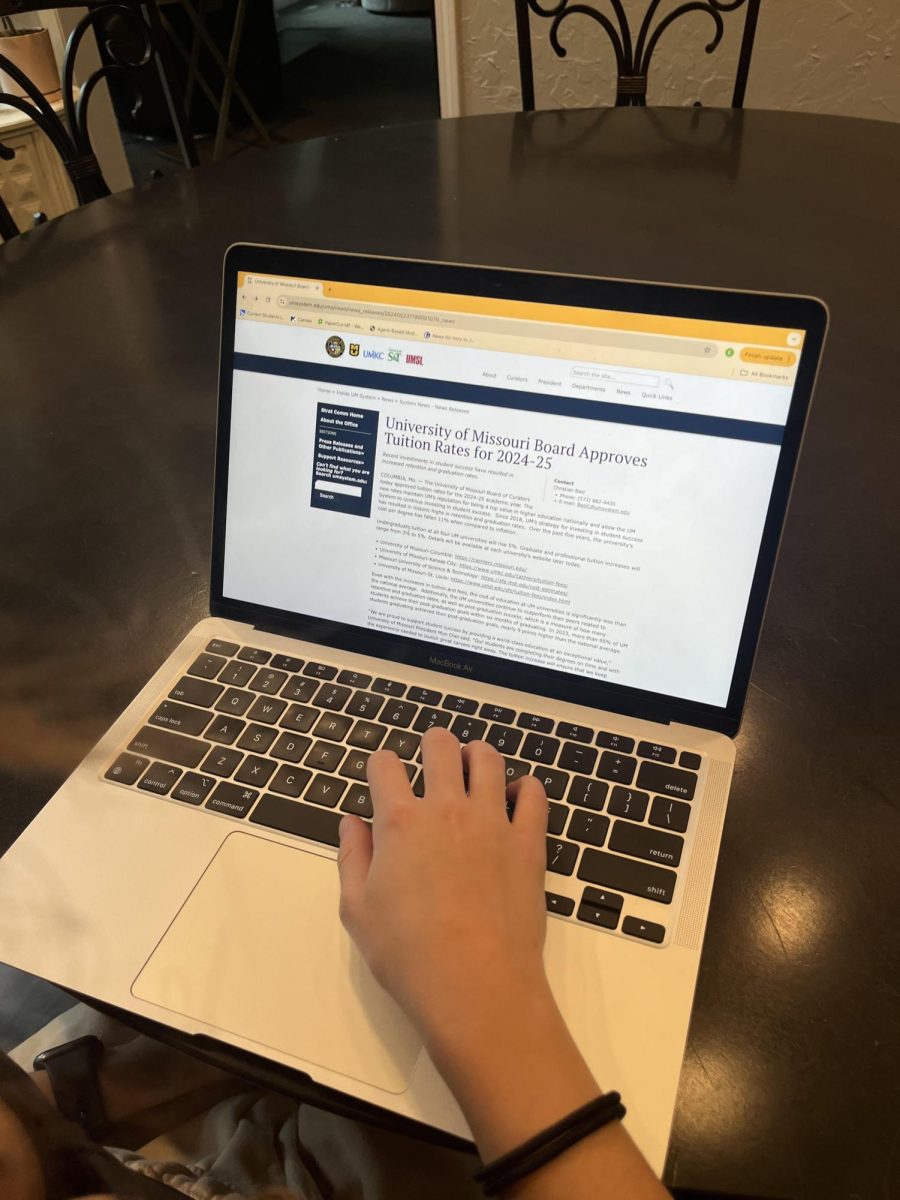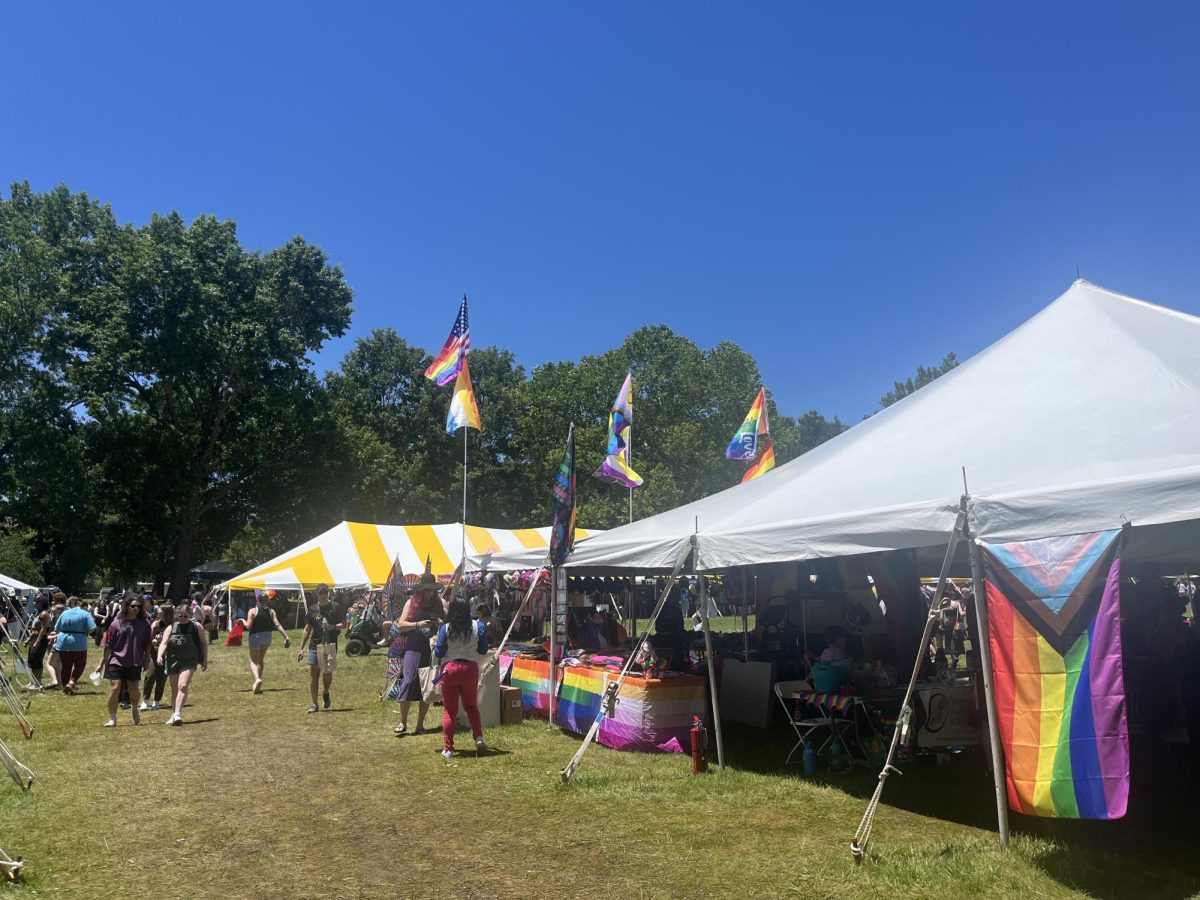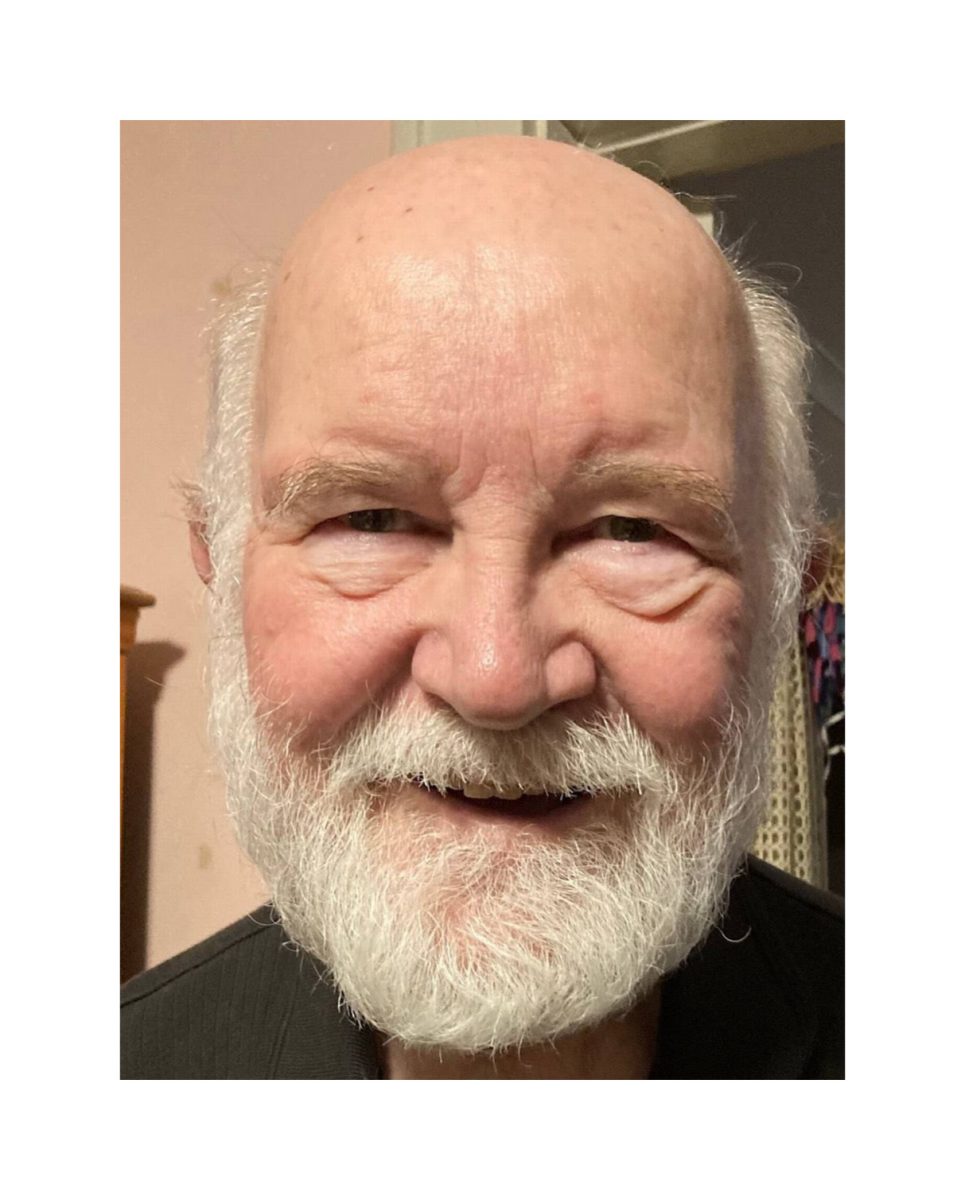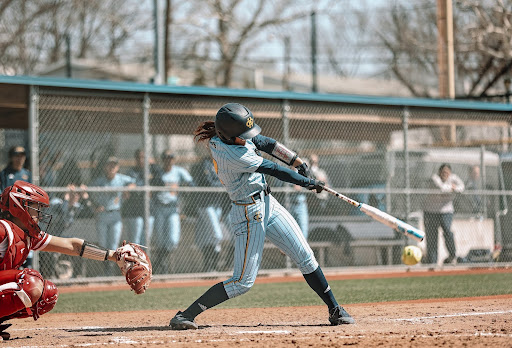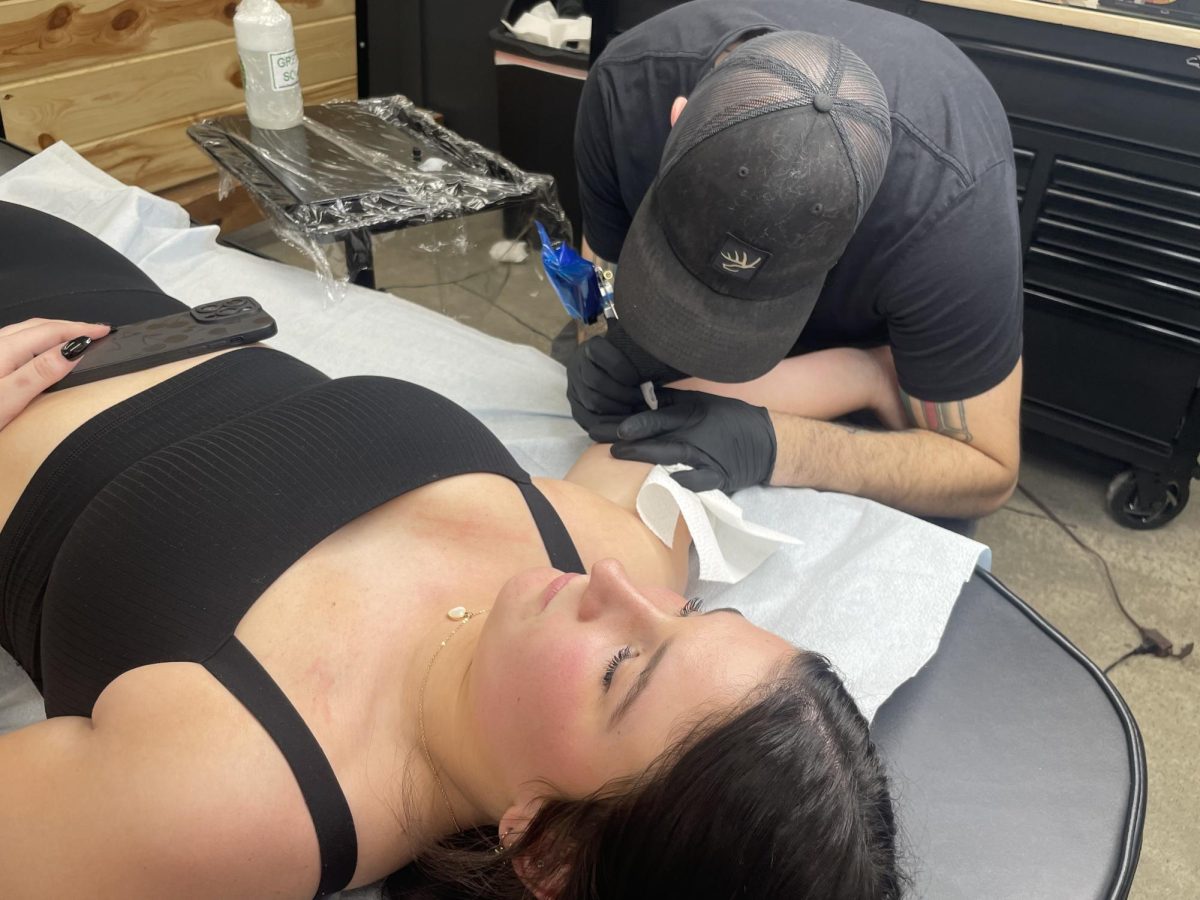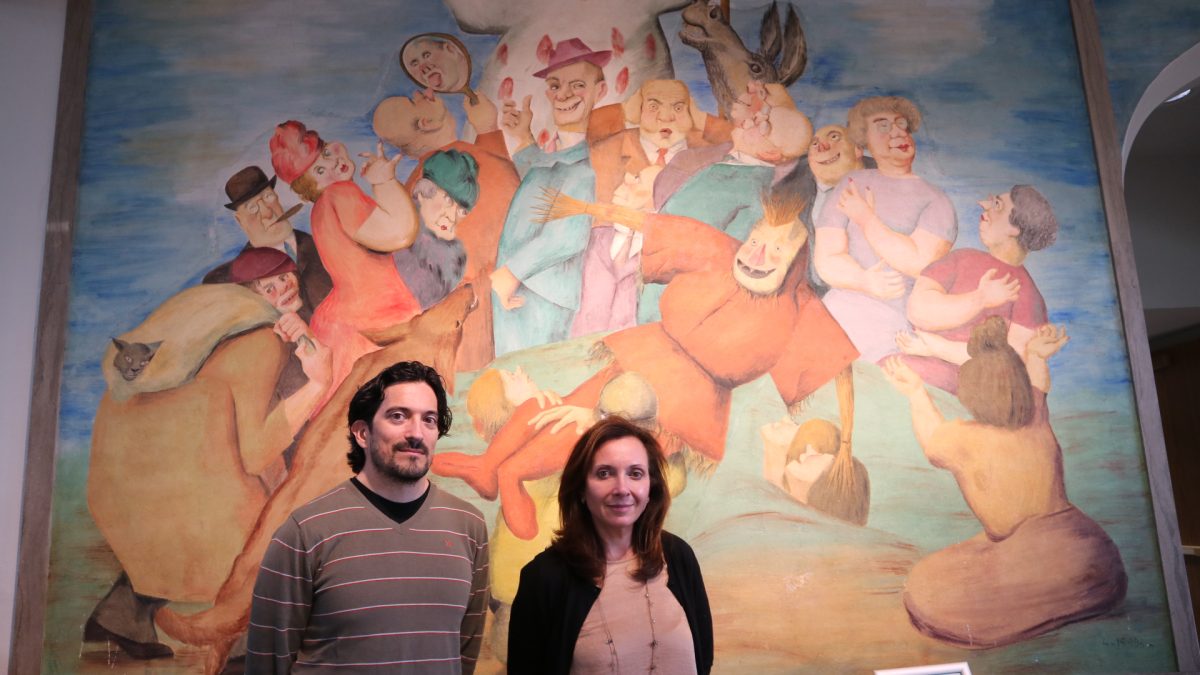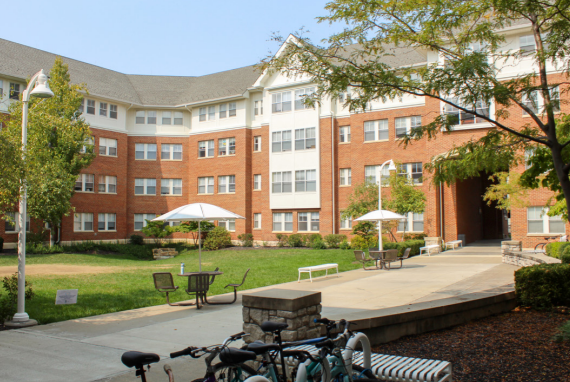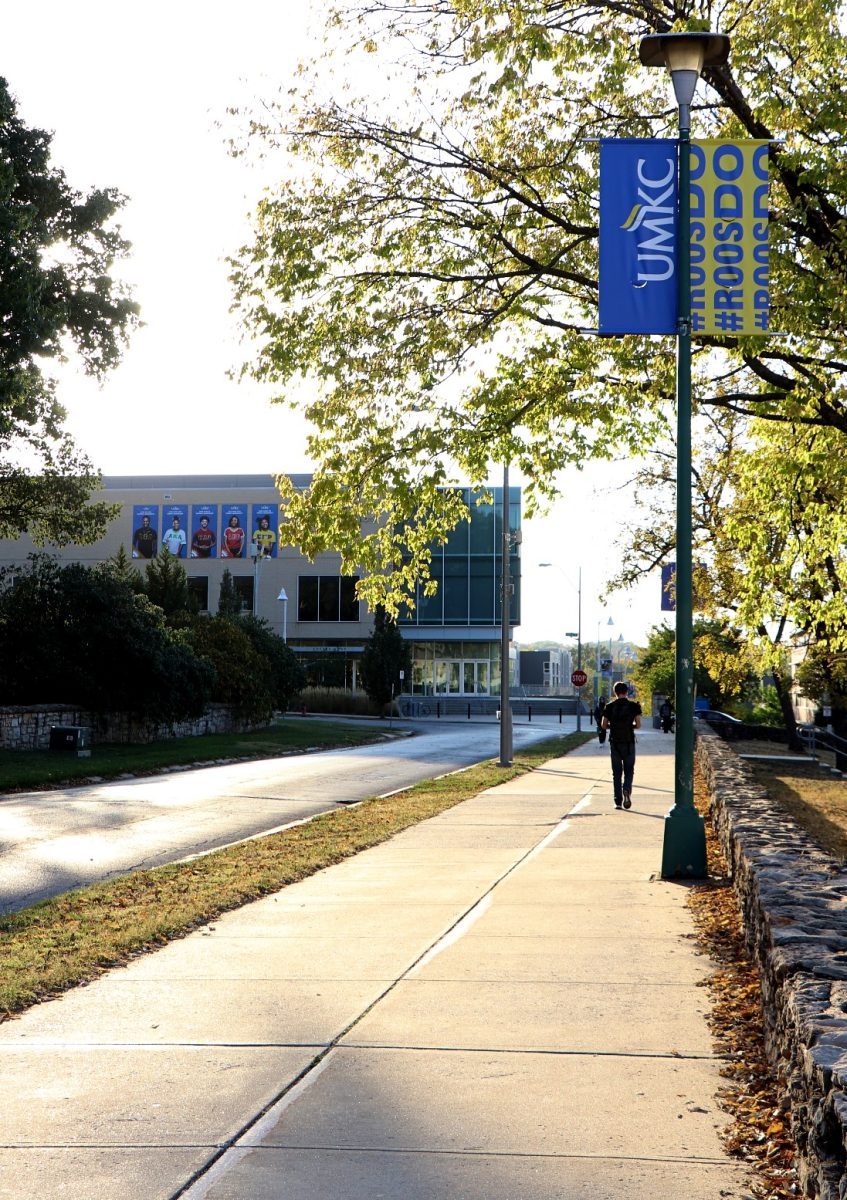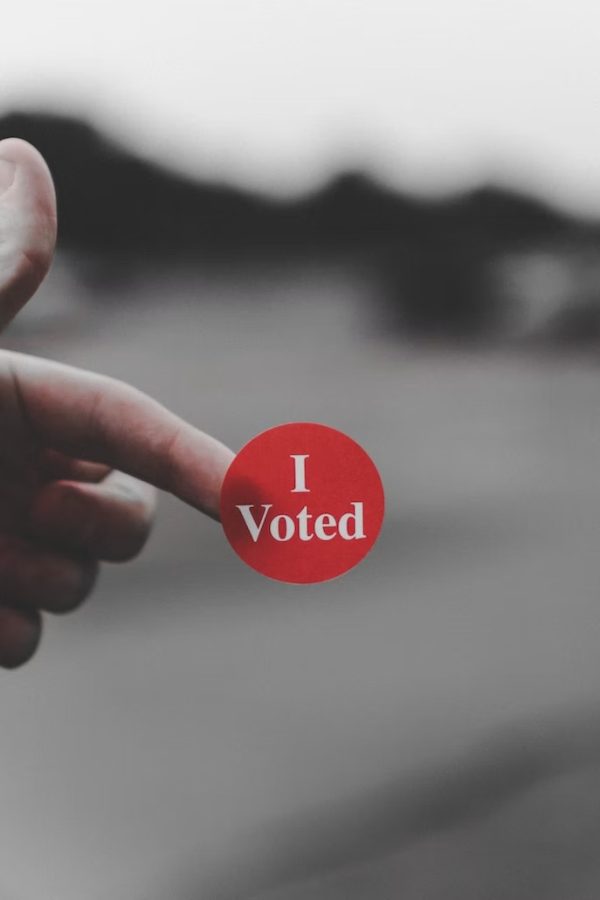With UMKC’s campus now officially closed, lab and studio courses are heading in new directions.
The closure of all buildings on campus poses challenges for students working in science labs, taking studio art courses or who are enrolled in the Conservatory, as they no longer have access to these spaces for the remainder of the semester.
Instructors are working diligently to rewrite syllabi to conform to online instruction while also supporting their students under changing requirements and class structures.
Labs
Dr. Andrea Drew, Coordinator of Organic Chemistry Labs in the School of Biological and Chemical Sciences, is determined to help her lab students adapt to the circumstances.
“It’s a partnership,” Drew said. She added that her students are nervous about the changes. “It’s brand new, they’re overwhelmed, but they’re pretty resilient, and they will adapt.”
Drew currently teaches six sections of CHEM 322L, Organic Chemistry Laboratory II. She said that the structure of her online labs will be similar to what they were before.
Drew’s lab students will watch videos and complete assignments before their lab, submit their work via Canvas, experience their lab live via Zoom, then submit their post-lab assignments.
According to Drew, her CHEM 322L sections had already completed six labs before the campus closure, with four remaining for the rest of the semester.
“We’re really lucky that this didn’t happen at the beginning of the semester,” Drew said. “Students got a good introduction to organic lab that way.”
According to Director of Undergraduate Curriculum in the School of Biological and Chemical Sciences Dr. Aaron Reed, these changes will not affect students’ degree progress in any way.
Reed said that course delivery will vary by course. According to Reed, some courses are utilizing freeware labs that allow students to complete their labs virtually through simulations, while others will rely on pre-recorded videos in which instructors conduct experiments.
“The situation is less than ideal, but necessary,” Reed said. “We are doing our best to give our students a quality course while keeping them safe.”
Studio Art
For courses within the College of Arts and Sciences’ Art & Art History department, the challenges of online instruction vary by medium.
Elijah Gowin, chair of the studio art program, said that while art studio rooms and computer labs in the fine arts building will be closed to students, the situation could change after April 13.
Gowin, who teaches photography, said that this situation is challenging for those working on photography projects requiring use of spaces like the lighting studio. One way he is remedying this is by lending out equipment so that students can work from home.
Kati Toivanen teaches digital design and creative project development in the Art and Art History department. With all of her classes already online this semester, she has not had to make many changes to course requirements.
Toivanen’s main concern lies with her students’ well-being.
“We’ve discussed adjustments that should be made to minimize the stress and to make the work more manageable,” Toivanen said. “Some of them now have small children at home, others do not have supportive home environments and for some, incorporating social media into their projects at this time is just not a good idea.”
Toivanen herself, alongside other arts educators, is finding support in an online group dedicated to sharing solutions for arts instruction under COVID-19.
“The group is a beautiful expression of the ingenuity of my fellow artists,” Toivanen said. “Being a creative problem-solver comes handy at this time of global crisis.”
Conservatory
This type of creative problem-solving is mainstay in how Conservatory instructors are adapting to online instruction.
Dr. Michelle Alexander teaches voice in the Conservatory in tandem with her roles as vocal coach and accompanist.
Alexander’s diction class will be taught via Zoom for the remainder of the semester. Because her class doesn’t require instruments, Alexander said, this shift to online instruction may be less challenging for vocalists than for those in the performance division (i.e. percussionists).
According to Alexander, when it comes to finals in the Conservatory, ensembles, orchestras, and any other recitals are canceled. In lieu of final performances, Alexander said that one option these students have is to “take an incomplete, and we’ll let them come back and perform in the fall with no money penalty.”
Like Drew and Toivanen, Alexander is mainly concerned with supporting her students through this time.
“Students are worried about money, they’re losing their jobs, and that outweighs concerns about school,” Alexander said. “This is just a pretty unusual and extraordinary time, and people are dealing with it the best they can.”
For Lindsay Davis, UMKC Theatre professor of costume design, learning how to use Zoom for online instruction was challenging.
“I consider myself a technophobe, almost to the point of being a Luddite,” Davis said.
Davis now views it as an opportunity to reconnect with past students while he adapts his classes. Davis said that his online classes will have essentially the same format as they did before.
According to Davis, the only major change is that his rendering students, who usually work independently, will work on their projects while connected via Zoom.
Davis also heads the MFA Costume Design program, and after mastering Zoom, invited his former MFA students to what he called a “virtual cocktail/costume party.” He and his former students plan on making their Zoom chats a weekly tradition, “something fun” to do while waiting out COVID-19.
Michael Blake, Conservatory professor of modern dance, said that the “dance department is leaping into the unknown on multiple fronts.”
According to Blake, dance instructors are working to find solutions to the issue of inaccessible performance spaces considered essential in their students’ education.
“Dance classes need unobstructed spaces with specialized flooring, and for many classes, a ballet barre is required to fulfill the needs of the discipline,” Blake said. “Most of our students will not have the luxury of a dance studio if they are sequestered to a home environment.”
For his own classes, Blake recorded warm-up exercises for his students to perform in any space they have access to. Students will record themselves and submit their video and self-assessment materials to Blake for evaluation.
“In this instance is where we find the full range of our creativity,” Blake said, as some instructors are suggesting use of kitchen counters as ballet barres while academic dance courses will use Zoom and become more research-oriented.
“These times are uncharted territory,” Blake said. “We will continue to ask questions, create new methods, and open new doors to understanding new means to dance education in a time of social distancing.”


